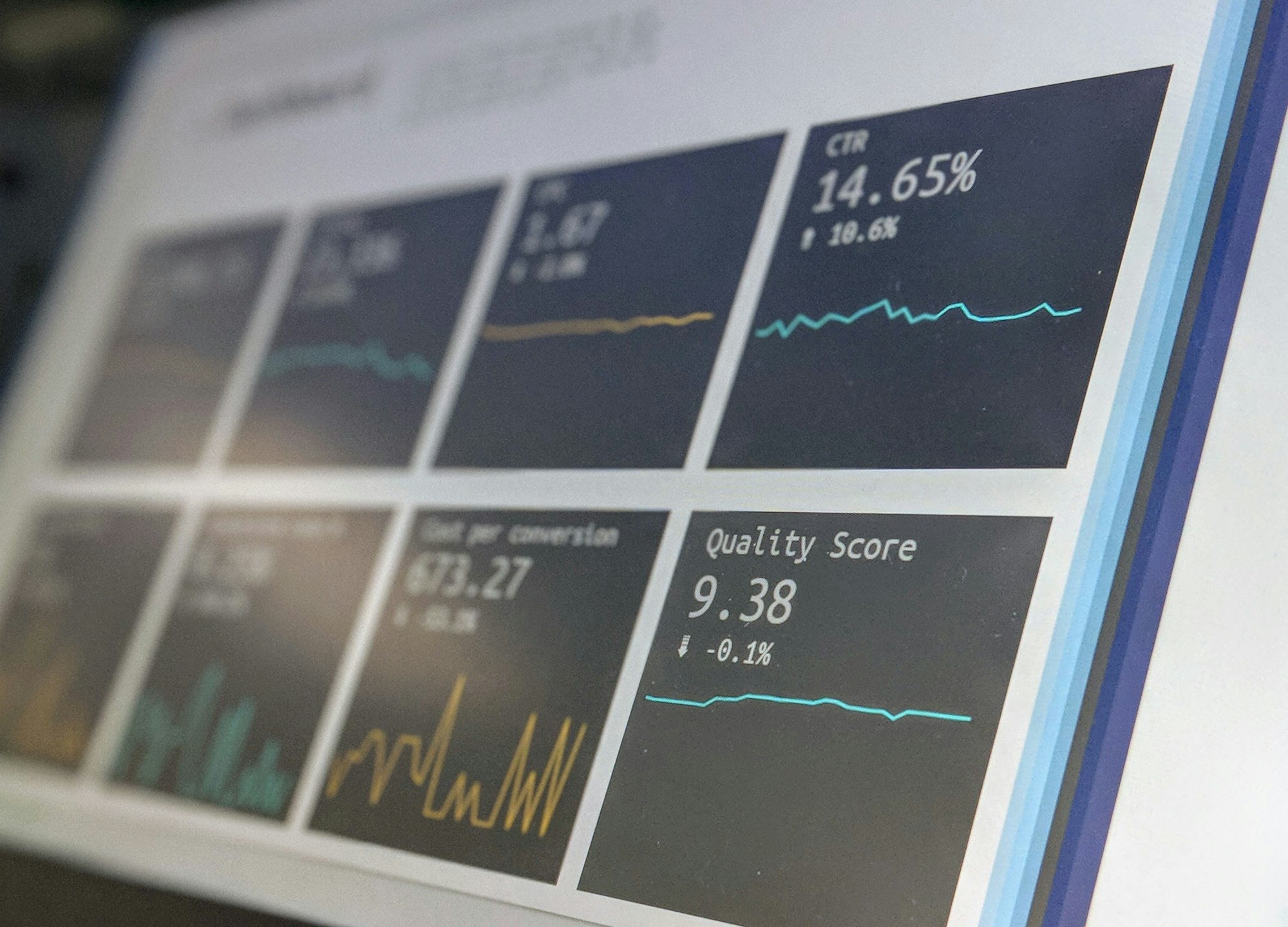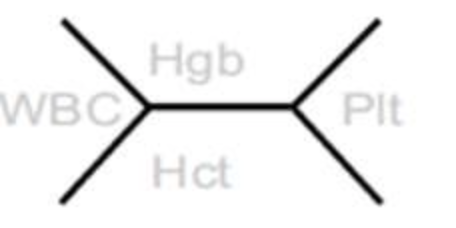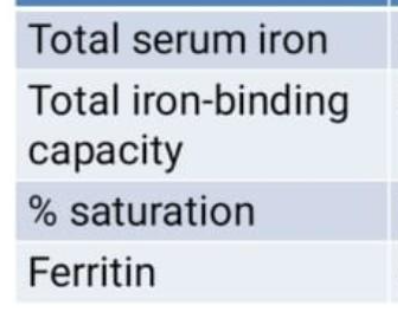POP QUIZ 2: Common Lab Values
Test yourself on the lab values below! See how much you know (or don't know, wink wink)

Way back in March of 2023, we posted our first "Pop Quiz" article. We tested your knowledge on some common pharmaceutical conversions used in clinical practice.

Today, we have our second "Pop Quiz" for you! The lab values below are used in everyday clinical pharmacy practice. Although our electronic medical records will flag us if a value is out-of-range, it is still important for you to know the normal ranges by heart!
With that being said, I wish you good luck, and have a great Wednesday!
Section 1 – Basic Metabolic Panel
You knew this was coming! The Basic Metabolic Panel (BMP) is something that is routinely trended in hospitalized patients. Maintaining normal electrolyte concentrations is critical for our patients.
If you are treating a patient on Total Parental Nutrition (TPN), these values are even MORE important to you! Low or high trends will guide you in replacing these electrolytes in the next bag of TPN.

- Na (sodium)
- K (potassium)
- Cl (chlorine)
- CO2 (carbon dioxide)
- BUN (blood urea nitrogen)
- Creat (creatinine or SCr)
- Gluc (glucose)
Click for Section 1 Answers!
- Na: 136 to 144 mEq/L (mmol/L)
- K: 3.7 to 5.2 mEq/L (mmol/L)
- Cl: 96 to 106 mmol/L
- CO2: 23 to 29 mmol/L
- BUN: 6 to 20 mg/dL (2.14 to 7.14 mmol/L)
- Creat: 0.8 to 1.2 mg/dL (70.72 to 106.08 micromol/L)
- Gluc: 64 to 100 mg/dL (3.55 to 5.55 mmol/L)

Section 2 – Comprehensive Metabolic Panel, Magnesium, and Phosphorus
In addition to the BMP, the Comprehensive Metabolic Panel (CMP) is another lab frequently ordered upon admission. A CMP contains the 7 values from the BMP plus the following:
- Albumin
- ALK (alkaline phosphatase)
- ALT (alanine aminotransferase)
- AST (aspartate aminotransferase)
- Ca (calcium)
- Total bilirubin
- Total protein
AND DON'T FORGET (especially in pediatrics and TPN patients) to order an ADDITIONAL magnesium and phosphorus lab!
- Mg (magnesium)
- Phos (phosphorus)
Click for Section 2 Answers!
- Albumin: 3.4 to 5.4 g/dL (34 to 54 g/L)
- ALK: 20 to 130 U/L
- ALT: 4 to 36 U/L
- AST: 8 to 33 U/L
- Ca: 8.5 to 10.2 mg/dL (2.13 to 2.55 mmol/L)
- Total bilirubin: 0.1 to 1.2 mg/dL (2 to 21 µmol/L)
- Total protein: 6.0 to 8.3 g/dL (60 to 83 g/L)
- Mg: 1.7 to 2.2 mg/dL (0.85 to 1.10 mmol/L)
- Phos:
- Adults: 2.8 to 4.5 mg/dL
- Children: 4.0 to 7.0 mg/dL

Section 3 – Complete Blood Count + Iron Panel
Every morning with the BMP, I check the Complete Blood Count (CBC). Nearly every patient is on an antiplatelet or anticoagulant (whether therapeutic dose or prophylactic dose for venous thromboembolism), and my hospital has a policy which states every patient should have a new CBC collected at least every 72 hours if on a blood thinning medication.
An iron panel is typically ordered on a patient with a low hemoglobin/hematocrit during a hospital stay. Depending on the results (which we should all be experts now thanks to our recent article on Iron Controversies), we may need to order iron supplementation for our patient(s).
These values may be trickier to know off the top of your head, but give it your best shot!

- Hgb (hemoglobin)
- Hct (hematocrit)
- WBC (white blood cells)
- Plt (platelets)

- Serum Iron
- TIBC (total iron binding capacity)
- TSAT (% saturation)
- Serum Ferritin
Click for Section 3 Answers!
- Hgb:
- Male: 13.8 to 17.2 gm/dL
- Female: 12.1 to 15.1 gm/dL
- Hct:
- Male: 40.7% to 50.3%
- Female: 36.1% to 44.3%
- WBC: 4,500 to 10,000 cells/mcL
- Plt: 150,000 to 450,000/dL
- Serum Iron: 60 to 170 mcg/dL (10.74 to 30.43 micromol/L)
- TIBC: 240 to 450 mcg/dL (42.96 to 80.55 micromol/L)
- TSAT: 20% to 50%
- Serum Ferritin:
- Male: 12 to 300 ng/mL
- Female: 12 to 150 ng/mL
So, how did you do? 100%? <50%? Are you going to let EPIC continue to highlight values that are out-of-range and rely on technology?
All jokes aside, I hope you were able to test your knowledge, refresh your memory from school, and start your day off on the right foot.
Interested in more? Check out our reference below!
References
*Information presented on RxTeach does not represent the opinion of any specific company, organization, or team other than the authors themselves. No patient-provider relationship is created.


